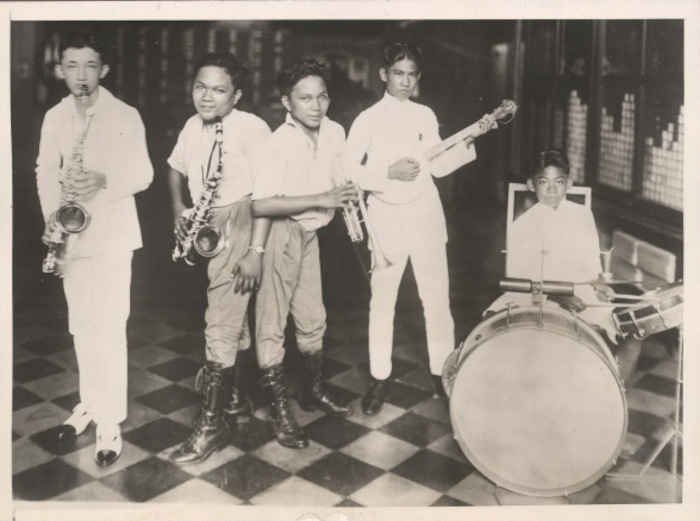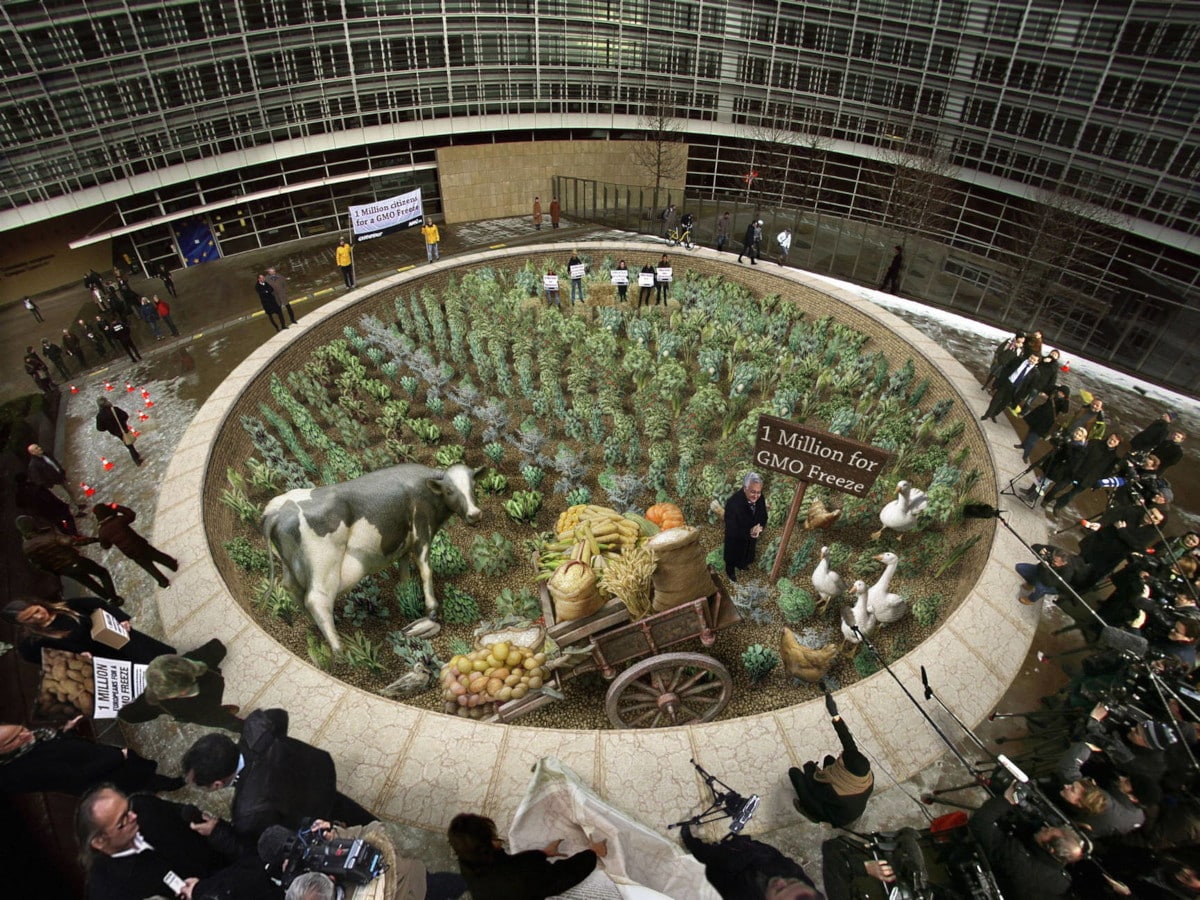From reader Éric Angelini:
What’s the smallest pandigital prime number that is the concatenation of seven prime numbers?
From reader Éric Angelini:
What’s the smallest pandigital prime number that is the concatenation of seven prime numbers?

On April 1, 1976, English astronomer Patrick Moore announced a unique opportunity on BBC Radio 2. At 9:47 a.m., he said, Pluto would pass behind Jupiter, and the combined gravitational forces of the two bodies would noticeably reduce gravity on Earth. If listeners jumped in the air during the conjunction, they’d feel a floating sensation.
Shortly after the appointed moment, the BBC began to receive hundreds of phone calls from listeners who’d confirmed the effect, including “a woman who said that she and 11 friends had been wafted from their chairs and orbited gently around the room.”
None of them had noted the date.

A few details from Christine Quigley’s Conjoined Twins (2003):
Psychologist Nancy Segal writes that “[W]hile most identical twins get along well, many conjoined twins are are masters at negotiation, cooperation and compromise.” By contrast, when unjoined sisters Patricia and Madeleine Infante connected themselves with a wire and entered show business as “Violet and Daisy Milton,” they ended up quarreling with their manager and destroying a sign billing them as “the only original American Siamese twins.” They were charged with vandalism, ending their career.
A curious problem from the Stanford University Competitive Examination in Mathematics: Bob wants a piece of land that’s exactly level and has four boundary lines, two running precisely north-south and two precisely east-west. And he wants each boundary line to measure exactly 100 feet. Can he buy such a piece of land in the United States?

But on balance my favourite piece of nineteenth-century Grundyism is Leigh Hunt’s revision of the insult directed at the Cook by Chaucer’s Manciple, ‘Thy breath full sour stinketh.’ He emended this to, ‘Thy breath resembleth not sweet marjoram.’
— Philip Howard, The State of the Language, 1985
Full recipe for chutney cream in Peg Bracken’s I Hate to Cook Book, 1960:
Mix:
1 cup sour cream
1/2 cup chopped chutney
Juice of 1/2 lemon or limeThere.
In the 1990s, after studying the relation between primate brain size and social groups, British anthropologist Robin Dunbar proposed that human beings can comfortably maintain about 150 stable relationships — relationships in which one knows all the other members and how they relate to one another. Informally, he said, this is “the number of people you would not feel embarrassed about joining uninvited for a drink if you happened to bump into them in a bar.”
Notably, in a 2018 article for the Financial Times, Dunbar added that we maintain an inner core of about five people with whom we spend about 40 percent of our social time and 10 more with whom we spend another 20 percent. “In other words, about two-thirds of our total social effort is devoted to just 15 people.”

greenth
n. green vegetation; the state or quality of being green
In an 1899 lecture, University of Wyoming chemistry professor Emory Edmund Slosson announced that he wanted to see how rapidly a certain odor diffused through the air and asked students to raise their hands as soon as they could smell it. Then he poured distilled water over cotton, explaining that it was a chemical with a distinctly unusual odor. Within 15 seconds most of the students in the front row had raised their hands, and within a minute three quarters of the class had.
Similarly, University of California food scientist Michael O’Mahoney told a British TV and radio audience in 1978 that a certain sound frequency would induce the perception of an outdoorsy smell. This suggestion and some audiovisual prompts led hundreds of people to write in claiming they’d smelled something when the frequency was broadcast.
In The Scent of Desire (2009), Brown University psychologist Rachel Herz writes, “This media stunt shows how simply being told that an odor is ‘there’ can convince you that you are smelling something with all of its full-blown consequences.”
12/13/2023 UPDATE: It seems likely that Slosson is Edwin Emery Slosson — possibly Herz mistook his name. (Thanks, Charlotte.)

Ex-JPL conceptual artist Kurt Wenner created this anamorphic drawing in 2010 for Greenpeace, to commemorate a million-signature petition opposing genetically modified crops in Europe.
Seen from this angle the illusion is so compelling that it’s hard to tell what’s what. Within the circle Wenner (addressing reporters) is real, as are the five people behind him bearing signs, and the bales immediately surrounding them. But I believe everything else within the ring is drawn. For comparison here’s an image by Pyramid Visuals, which produced the substrate on which the image was printed.
At 22 meters square, the image set a world record at the time as the largest of its kind drawn by a single person.